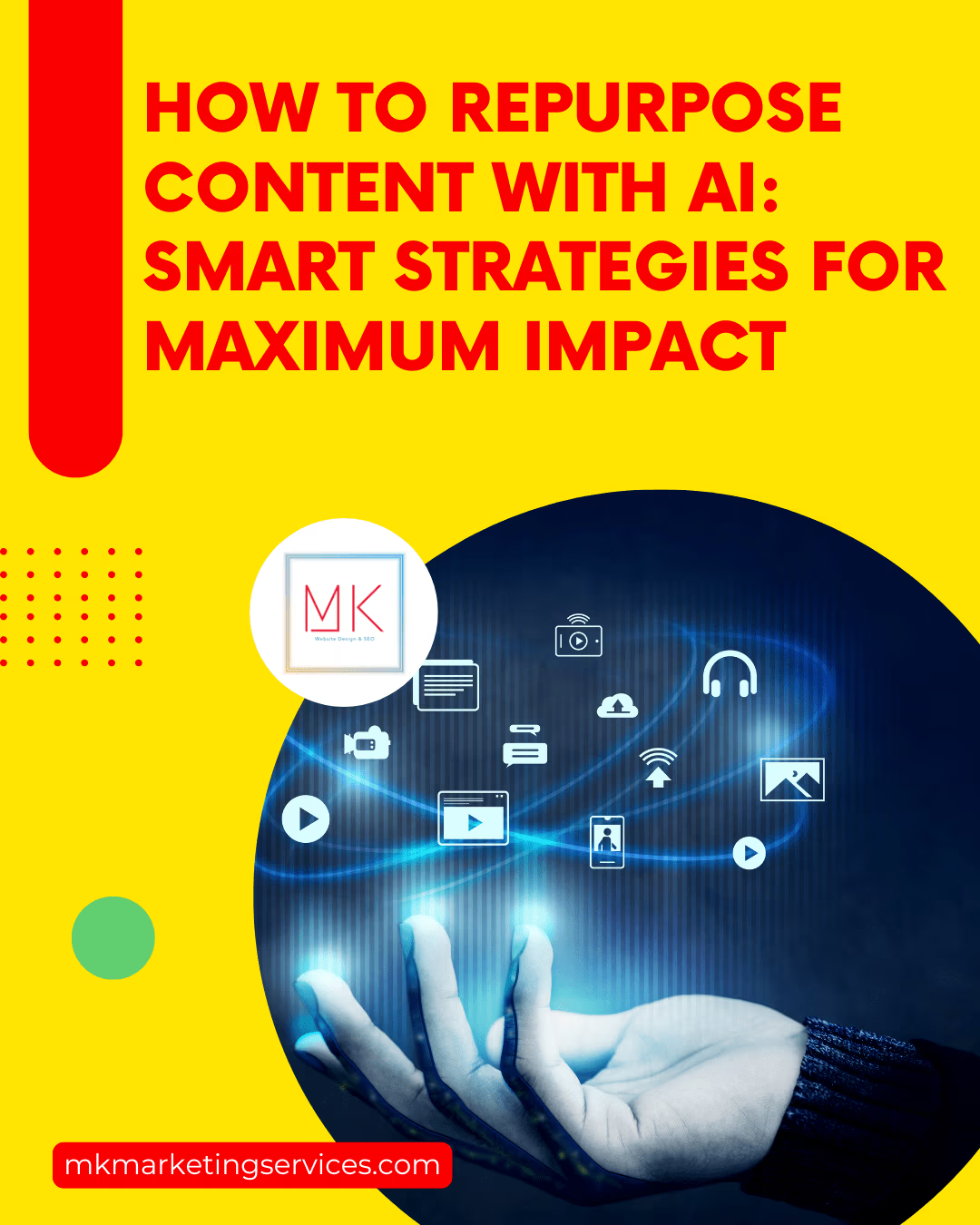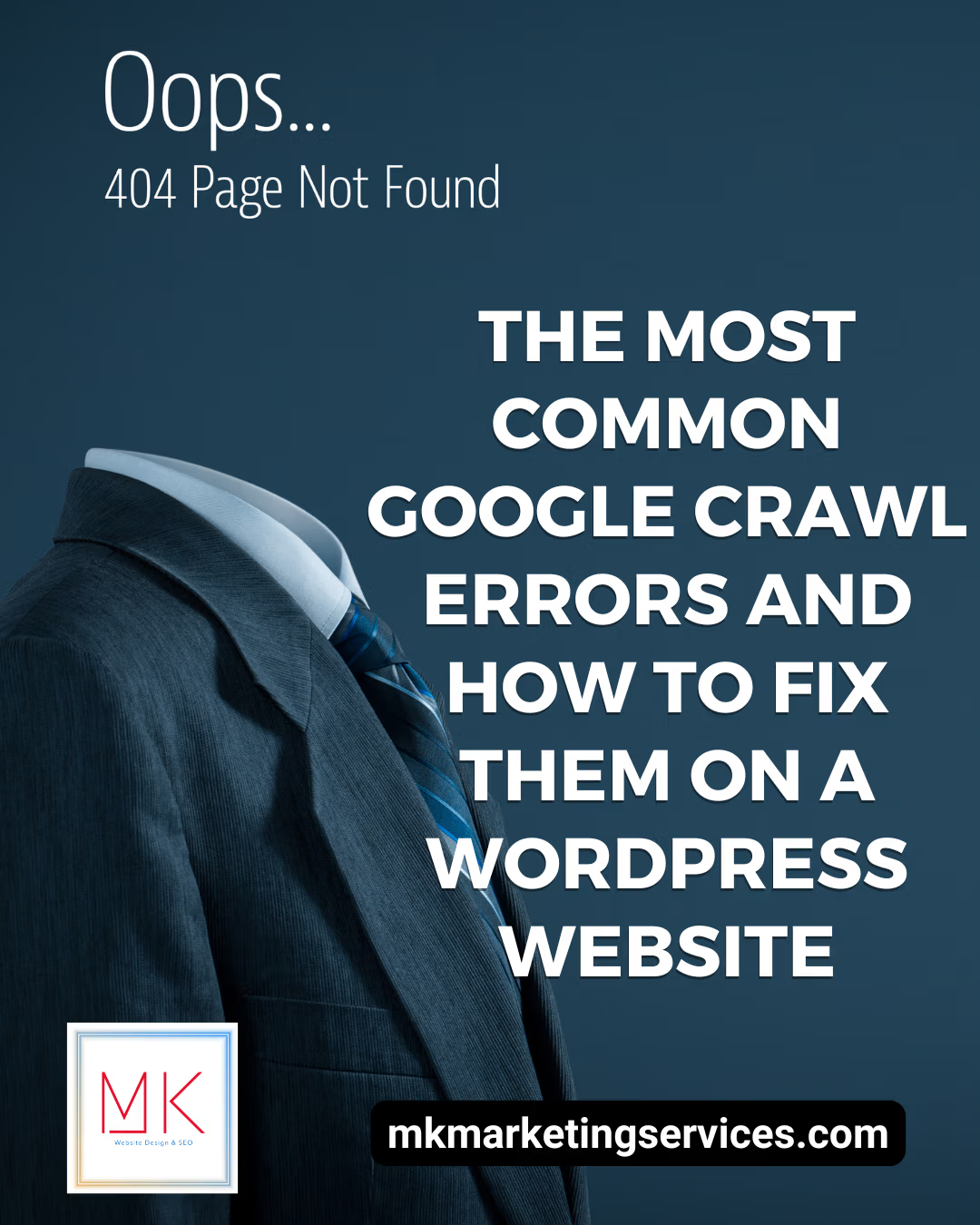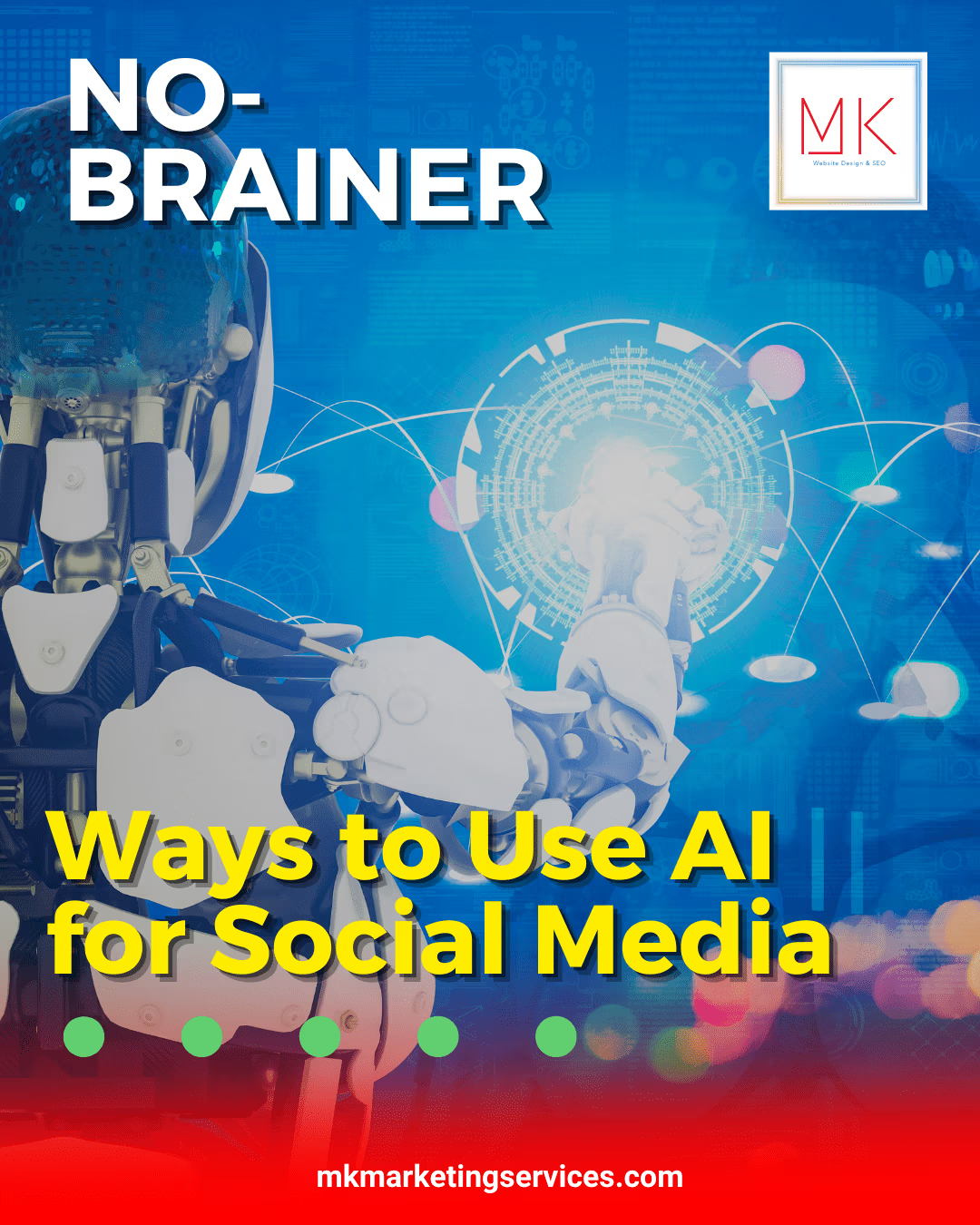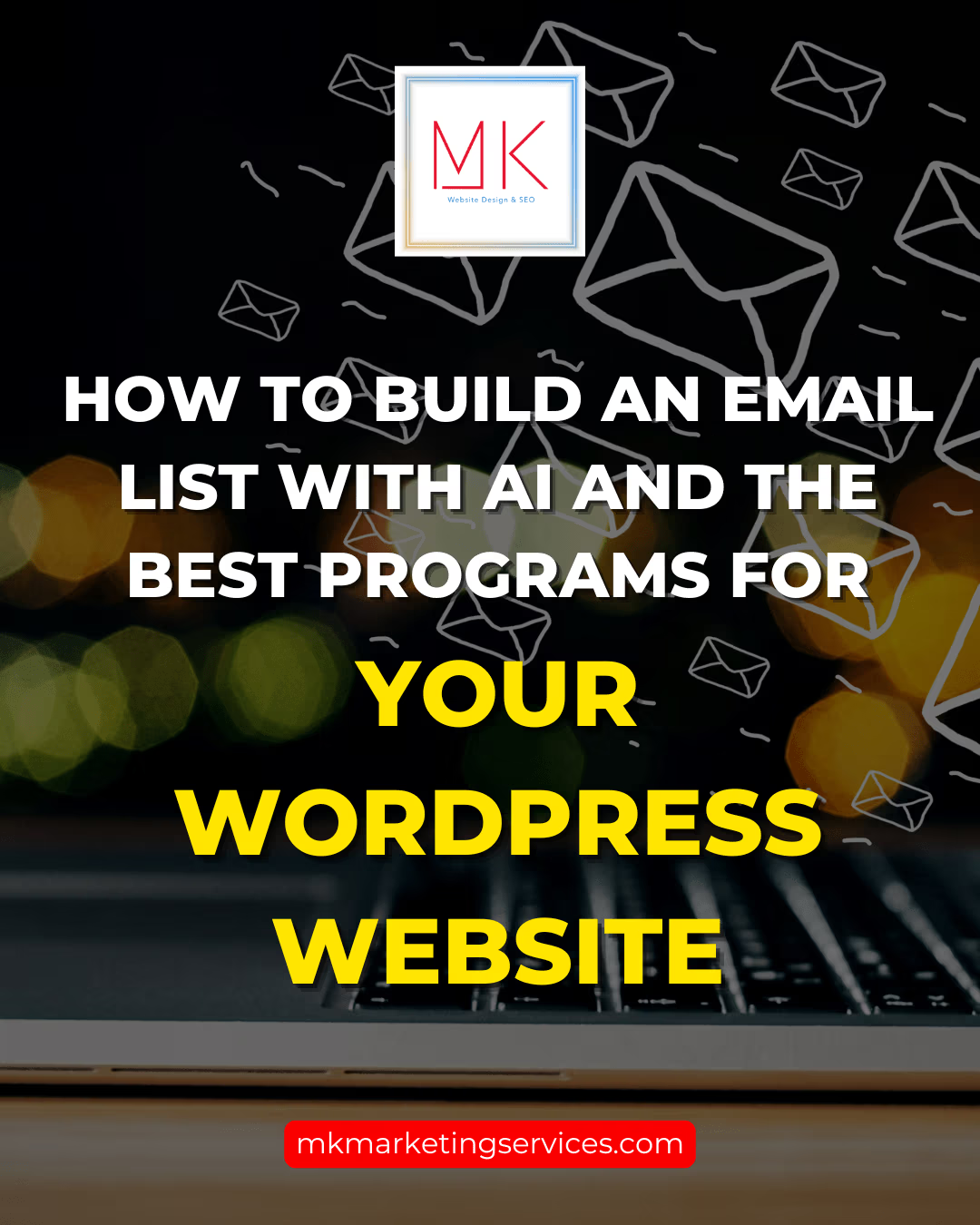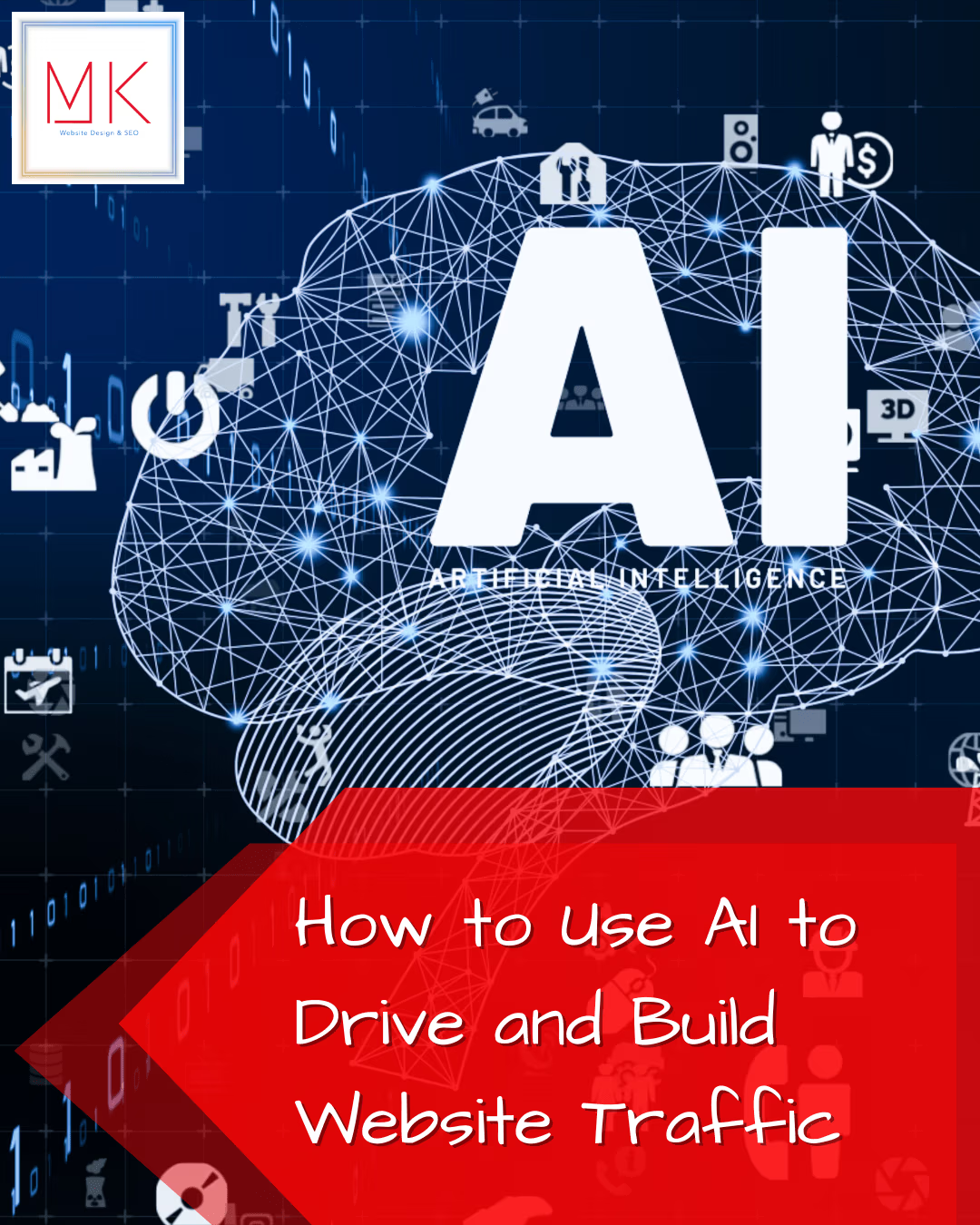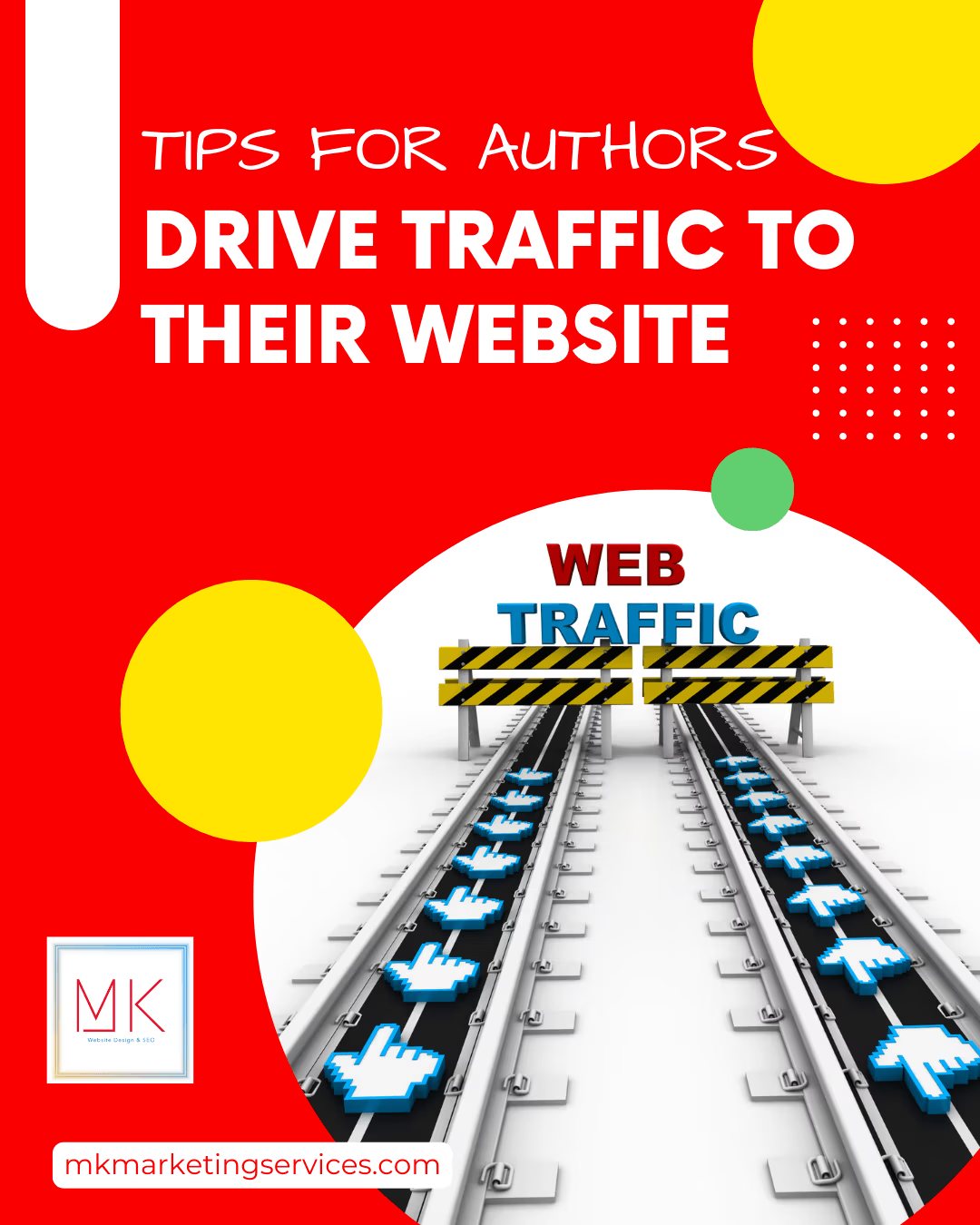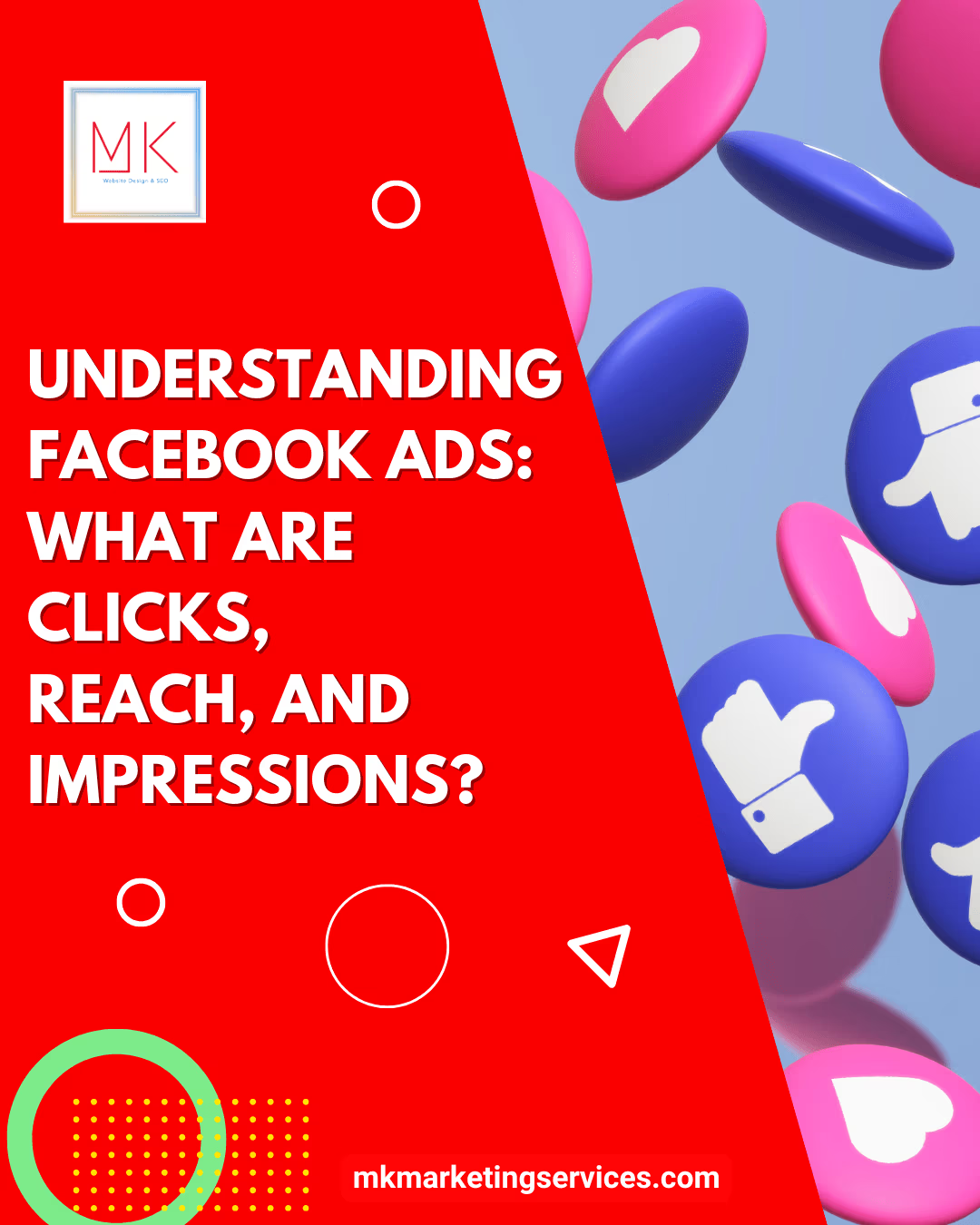Creating high-quality content is time-consuming, but AI-powered tools can help you extend its lifespan by repurposing it across multiple platforms. Repurposing content with AI allows businesses to reach wider audiences, maximize engagement, and save valuable time. Here’s how to effectively repurpose content using AI, with real-world examples and tools to get started.
1. Turn Blog Posts into Social Media Snippets
AI-powered tools can break down long-form content into bite-sized social media posts. For instance:
- Tool: Jasper AI or Copy.ai – Generate multiple versions of headlines, captions, and summaries tailored for platforms like Instagram, LinkedIn, and Twitter.
- Example: A detailed blog about “Marketing Trends in 2024” can be converted into a LinkedIn carousel post, a Twitter thread, and Instagram quote graphics.
- Source: Jasper AI
2. Convert Articles into Video Content
AI makes it easy to transform written content into engaging videos with minimal effort.
- Tool: Lumen5 – Uses AI to generate video content from blog posts or articles by summarizing key points and pairing them with relevant stock footage.
- Example: A blog about “SEO Best Practices” can be turned into a short explainer video for YouTube or TikTok.
- Source: Lumen5
3. Create Audio Content from Text
With AI-driven text-to-speech tools, you can turn blog posts and articles into podcasts or audio summaries.
- Tool: Play.ht or SpeechKit – Convert blog content into professional-sounding audio that can be embedded on your website or distributed as a podcast.
- Example: A business article on “Brand Storytelling” can be turned into a podcast episode for Spotify or Apple Podcasts.
- Source: Play.ht
4. Generate Infographics from Data-Heavy Content
AI design tools can help create stunning infographics to present information visually.
- Tool: Canva’s AI-powered Infographic Generator – Converts statistics, research, or key takeaways into eye-catching graphics.
- Example: A research-based article on “Email Marketing Statistics” can be transformed into an infographic for Pinterest or LinkedIn.
- Source: Canva
5. Repurpose Webinars and Interviews into Blog Posts
AI-powered transcription services allow you to repurpose spoken content into written formats.
- Tool: Otter.ai or Descript – Transcribe and summarize video or podcast interviews into blog posts, social media highlights, or ebooks.
- Example: A recorded webinar on “Social Media Advertising” can be transcribed into a step-by-step guide for your blog.
- Source: Otter.ai
6. Use AI to Repurpose User-Generated Content (UGC)
Leverage AI to analyze and repackage customer reviews, testimonials, and social media mentions into marketing content.
- Tool: Brandwatch or Sprinklr – Identify trending UGC and turn it into case studies, testimonials, or social proof visuals.
- Example: Positive Twitter mentions about your product can be turned into Instagram story highlights or featured in email marketing campaigns.
- Source: Brandwatch
7. Automate Email Newsletter Creation
AI can extract key insights from your blog posts and convert them into newsletters for email subscribers.
- Tool: Mailchimp AI Assistant – Auto-generates email summaries and repurposes content into digestible email campaigns.
- Example: A weekly newsletter featuring “Top Marketing Tips” can be auto-generated using AI, reducing manual effort.
- Source: Mailchimp
Final Thoughts
Repurposing content with AI isn’t just about saving time—it’s about maximizing your content’s reach and impact. By leveraging AI-powered tools, you can effortlessly adapt existing content for different platforms, engaging your audience in new ways. Whether you’re a small business or a large enterprise, AI-driven content repurposing can enhance your marketing efficiency and ROI.
Need help integrating AI into your content strategy? Contact MK Marketing Services today and let’s make your content work smarter, not harder!

